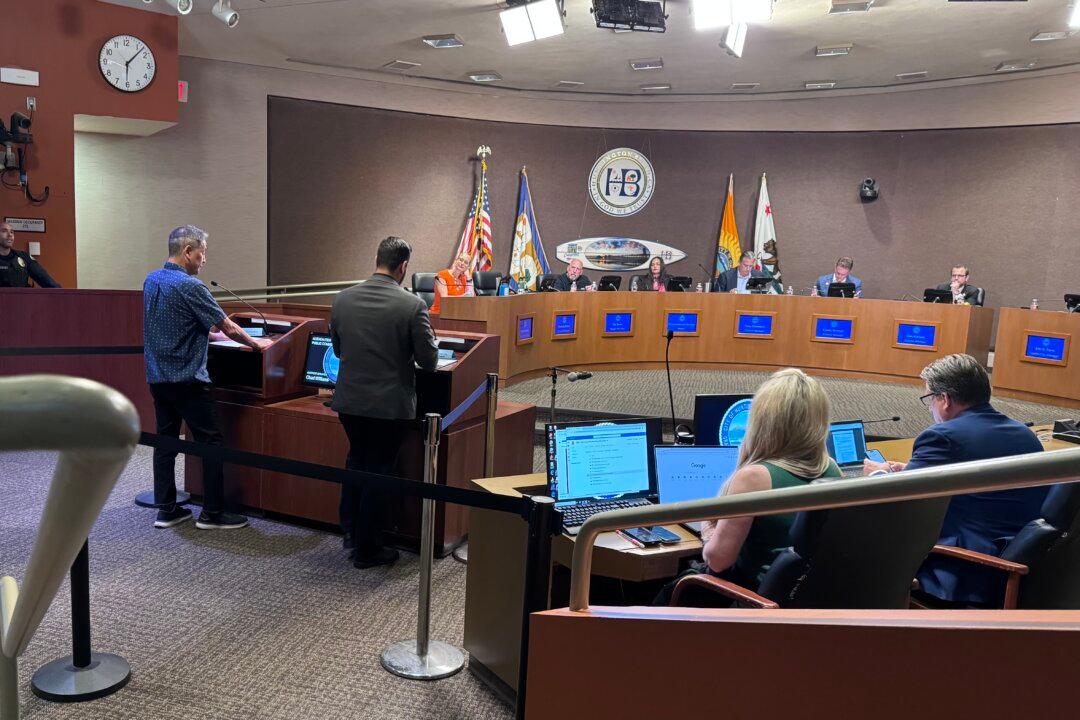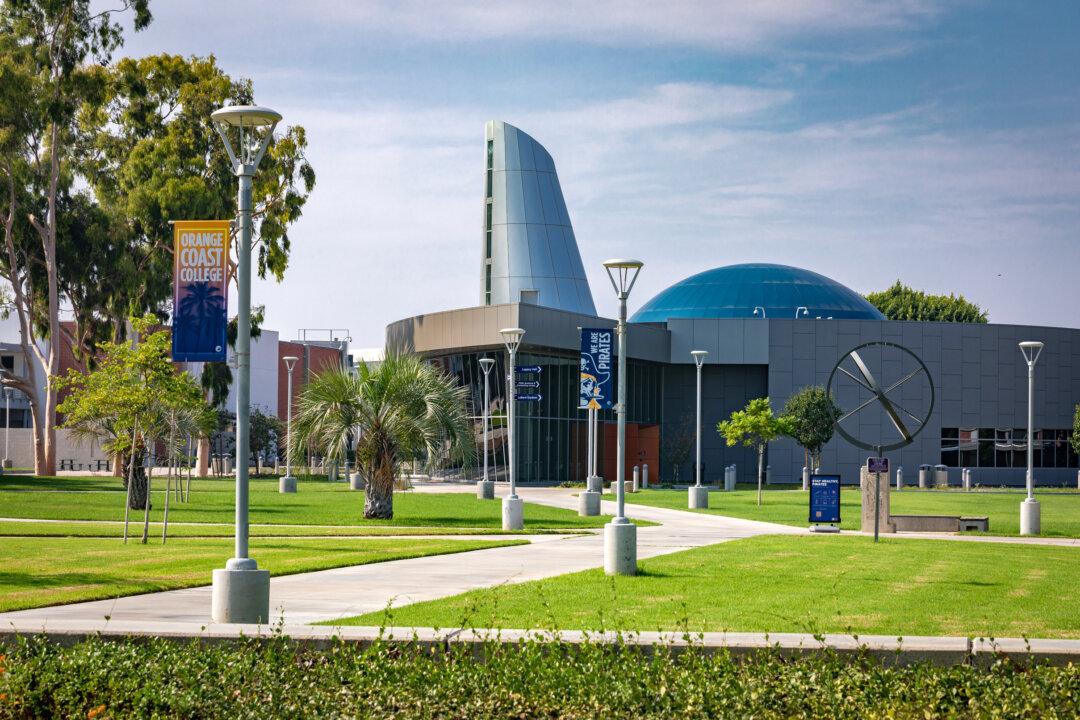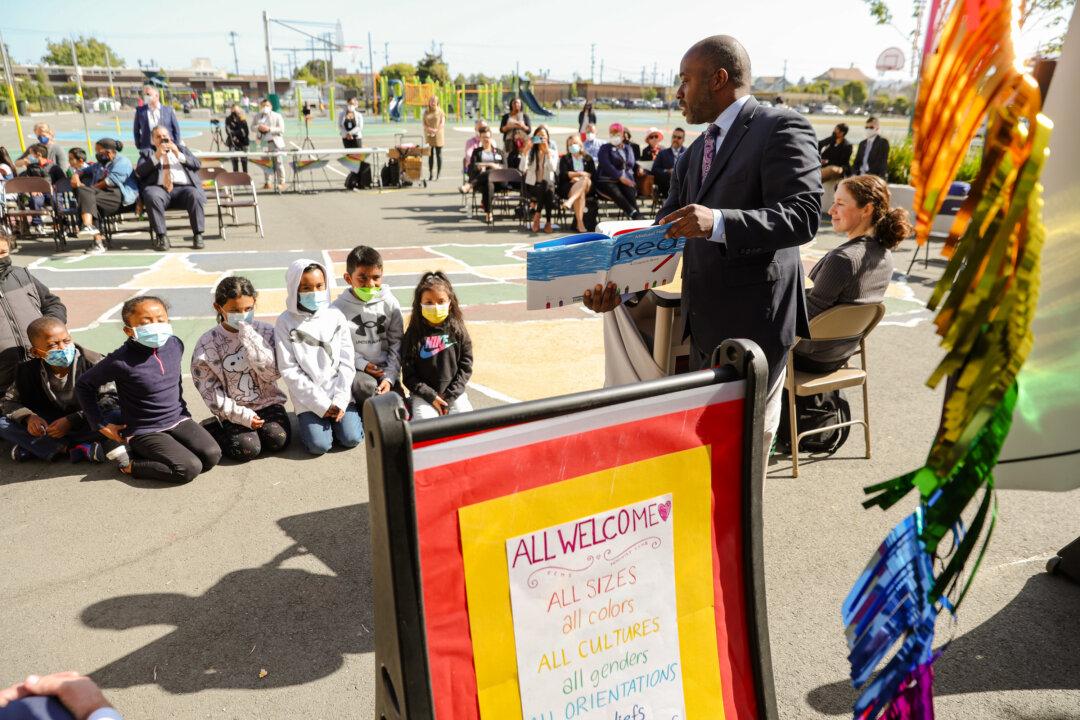To promote school choice to parents, the Orange County Board of Education held a public forum aimed at “strengthening California’s charter schools at a local and state level,” featuring a discussion among experts and policymakers Sept. 20.
All five members of the board have been strong advocates of charter schools. The board also serves as an appeal board when a petition to open a new charter school is rejected by a local school district’s education board.





